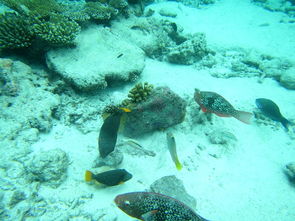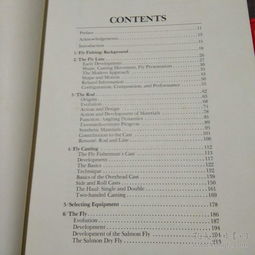Content:
Fishing in plains and river gullies can be a rewarding and enjoyable experience for anglers of all levels. These unique environments offer a variety of fish species and beautiful scenery, making them a favorite among fishing enthusiasts. However, to make the most out of your fishing trip, it is crucial to master the techniques required to fish effectively in these areas. In this article, we will discuss the essential tips and tricks for fishing in plains and river gullies.
Understand the environment
Before you start fishing, it is essential to understand the environment you are in. Plains and river gullies have different characteristics, such as water flow, vegetation, and fish species. Familiarize yourself with the specific conditions of the area you plan to fish, and adapt your techniques accordingly.
1 Plains
Plains are typically characterized by slow-moving water and abundant vegetation. To fish effectively in plains, focus on the following tips:

- Look for fish-holding spots: Fish often seek shelter in vegetation or along the edges of the plain. Look for areas with abundant plant life or rocks, as these spots are likely to attract fish.
- Use lighter tackle: Plains fishing requires lighter tackle, as the fish are usually smaller and less aggressive. Use a light rod, reel, and line to avoid spooking the fish.
- Use live bait: Live bait is often more effective in plains, as it can mimic the natural food sources of the fish. Use bait like worms, minnows, or crayfish to attract fish.
2 River Gullies
River gullies are characterized by fast-moving water and rocky terrain. To fish effectively in river gullies, consider the following tips:
- Find fish-holding spots: Look for areas with deeper water, slower currents, or rocky outcrops, as these spots are more likely to hold fish.
- Use heavier tackle: River gullies require heavier tackle due to the stronger currents and larger fish species. Use a heavier rod, reel, and line to handle the challenges of river fishing.
- Use artificial lures: Artificial lures are more effective in river gullies, as they can imitate the movement of natural prey. Use lures like spinners, crankbaits, or flies to entice fish.
Timing and weather
The time of day and weather conditions can significantly impact your fishing success. Here are some tips to help you choose the best times to fish:
- Early morning or late evening: Fish are often more active during these times, as the cooler water temperatures and reduced light make them more comfortable.
- Overcast days: Fish are less likely to be spooked by overcast days, as the reduced visibility helps them feel safer.
- Avoid extreme weather: Fish may be less active during extreme weather conditions, such as high winds or heavy rains. Plan your fishing trips around the weather forecast to maximize your chances of success.
Technique
Fishing techniques can vary depending on the environment and fish species. Here are some general tips to help you improve your chances of catching fish:
- Cast carefully: Avoid casting directly into the fish's territory, as this can spook them. Instead, cast slightly upstream or to the side of the fish-holding spot.
- Be patient: Fish may take some time to bite, so be patient and give your bait time to work.
- Adjust your techniques: If you are not having success, try changing your bait, lure, or fishing technique. Experiment with different approaches until you find what works best for the conditions.
In conclusion, fishing in plains and river gullies can be a challenging but rewarding experience. By understanding the environment, choosing the right equipment, and employing effective techniques, you can increase your chances of catching fish. Remember to practice safety and respect the natural environment while enjoying your fishing adventure. Happy fishing!












